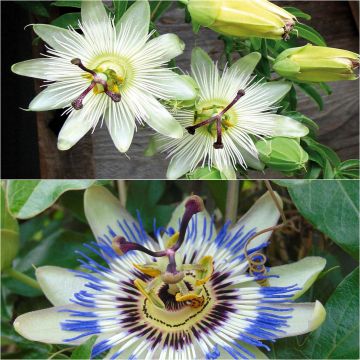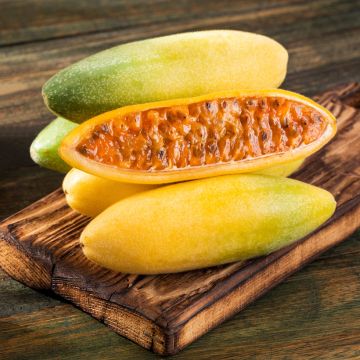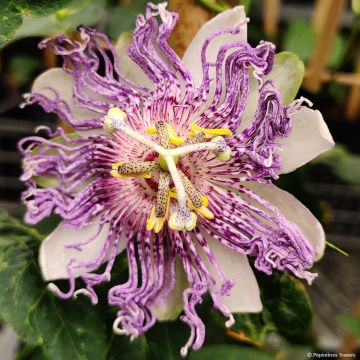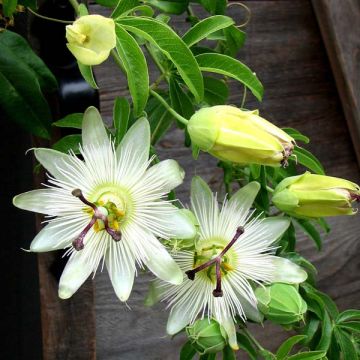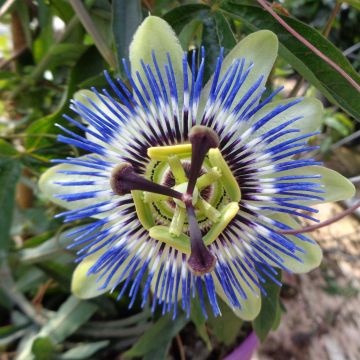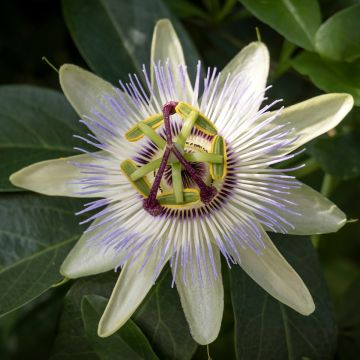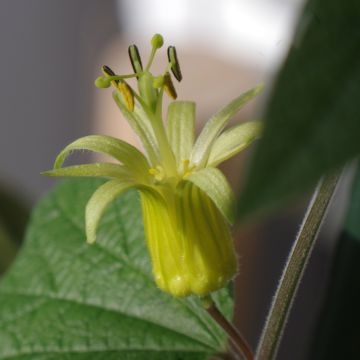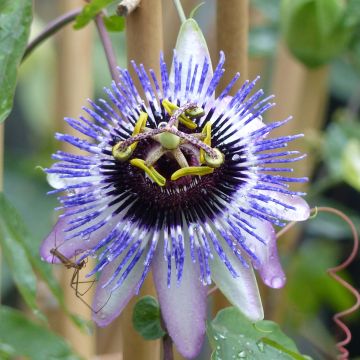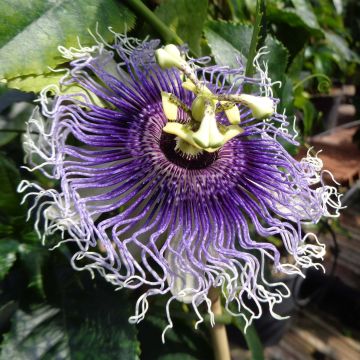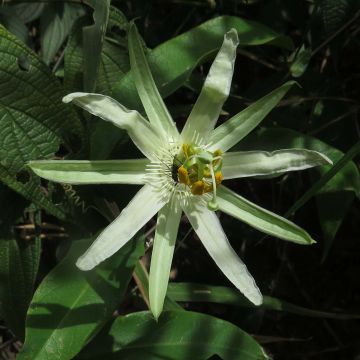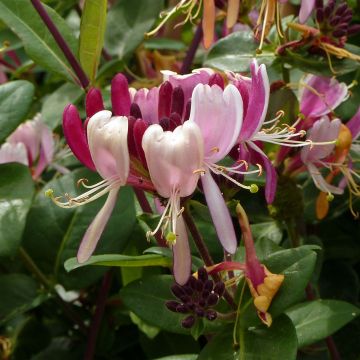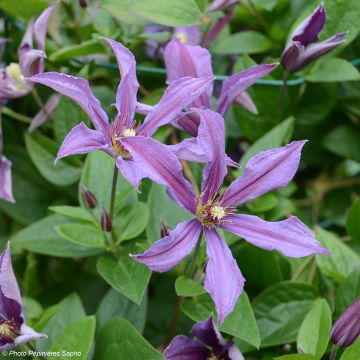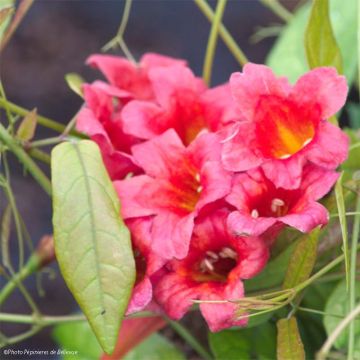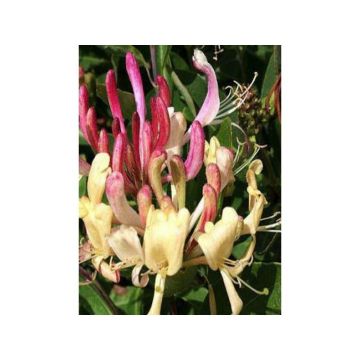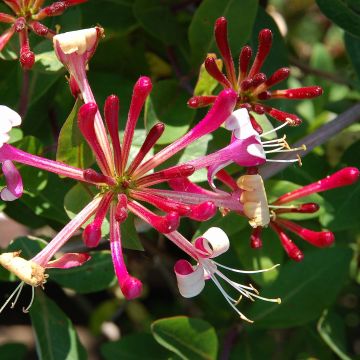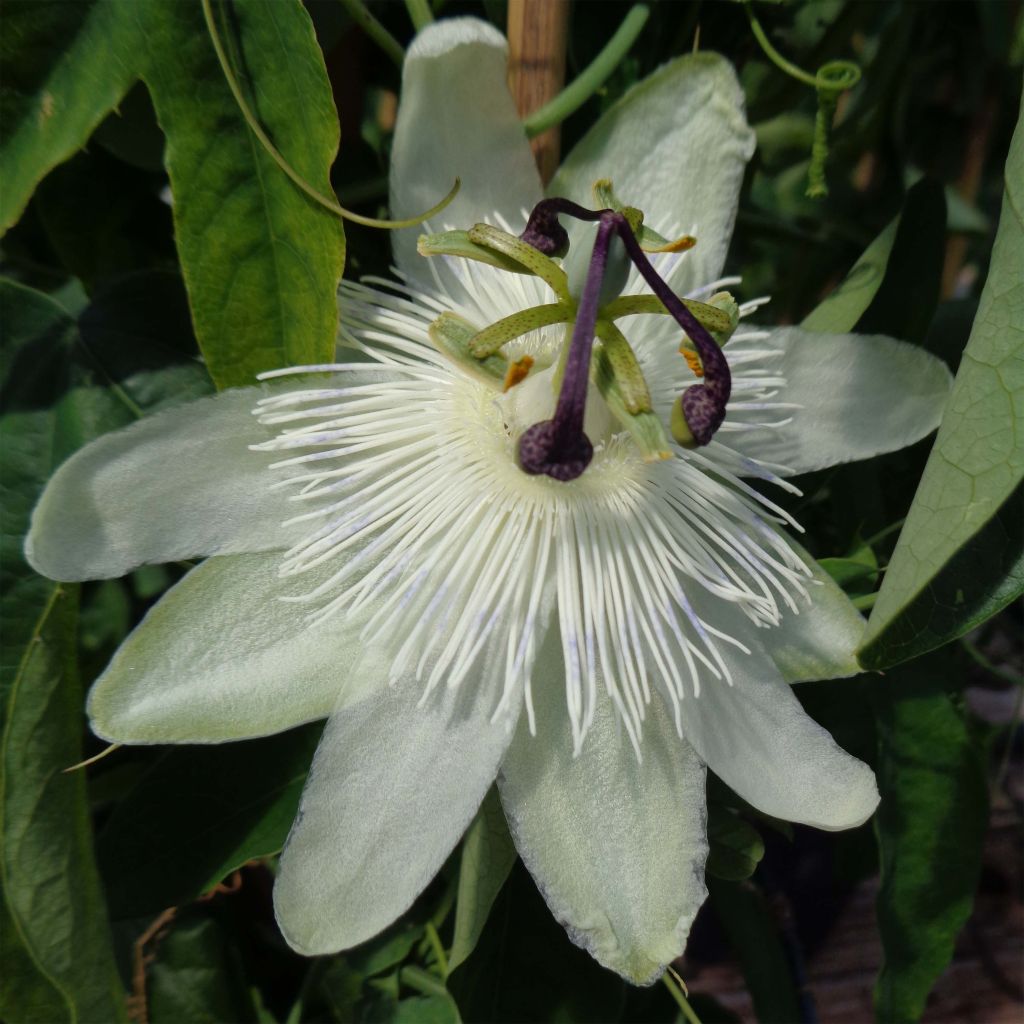

Passiflora subpeltata - Fleur de la Passion Blanche
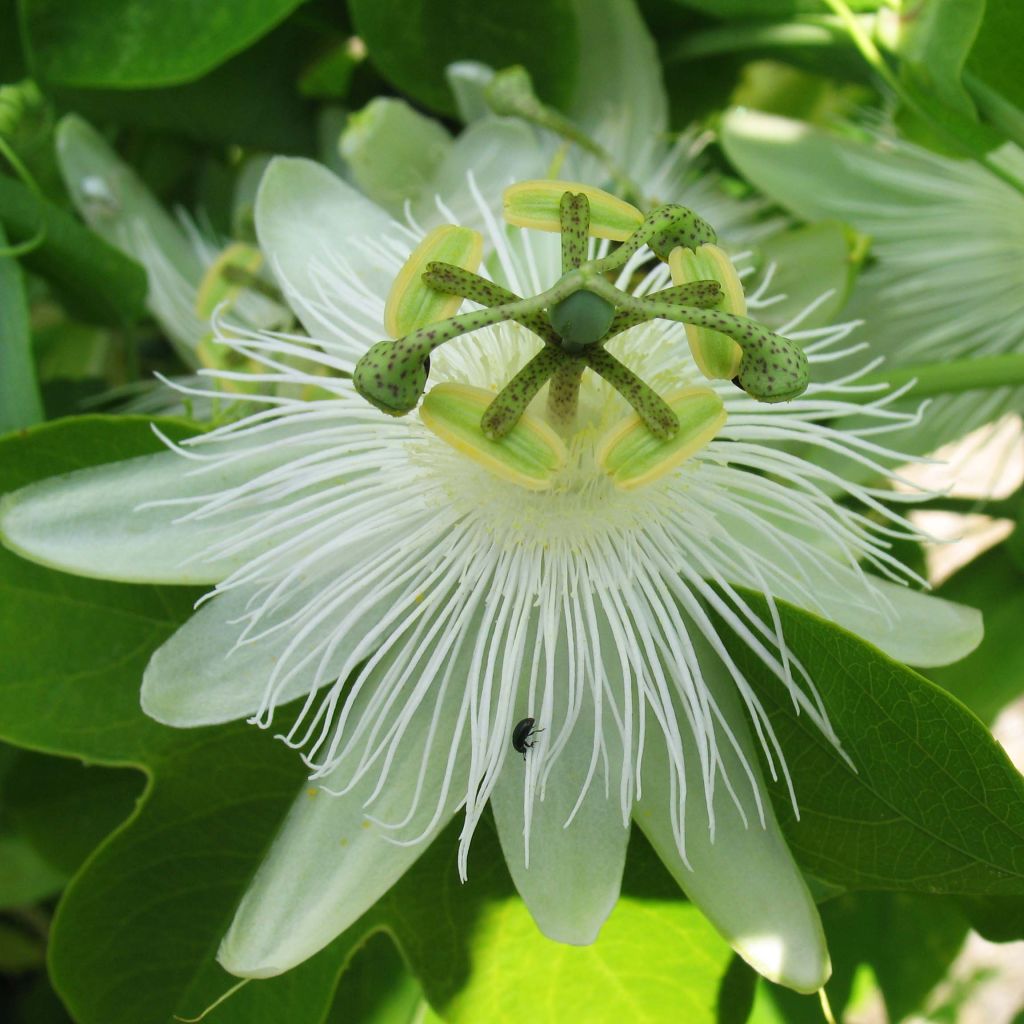

Passiflora subpeltata - Fleur de la Passion Blanche
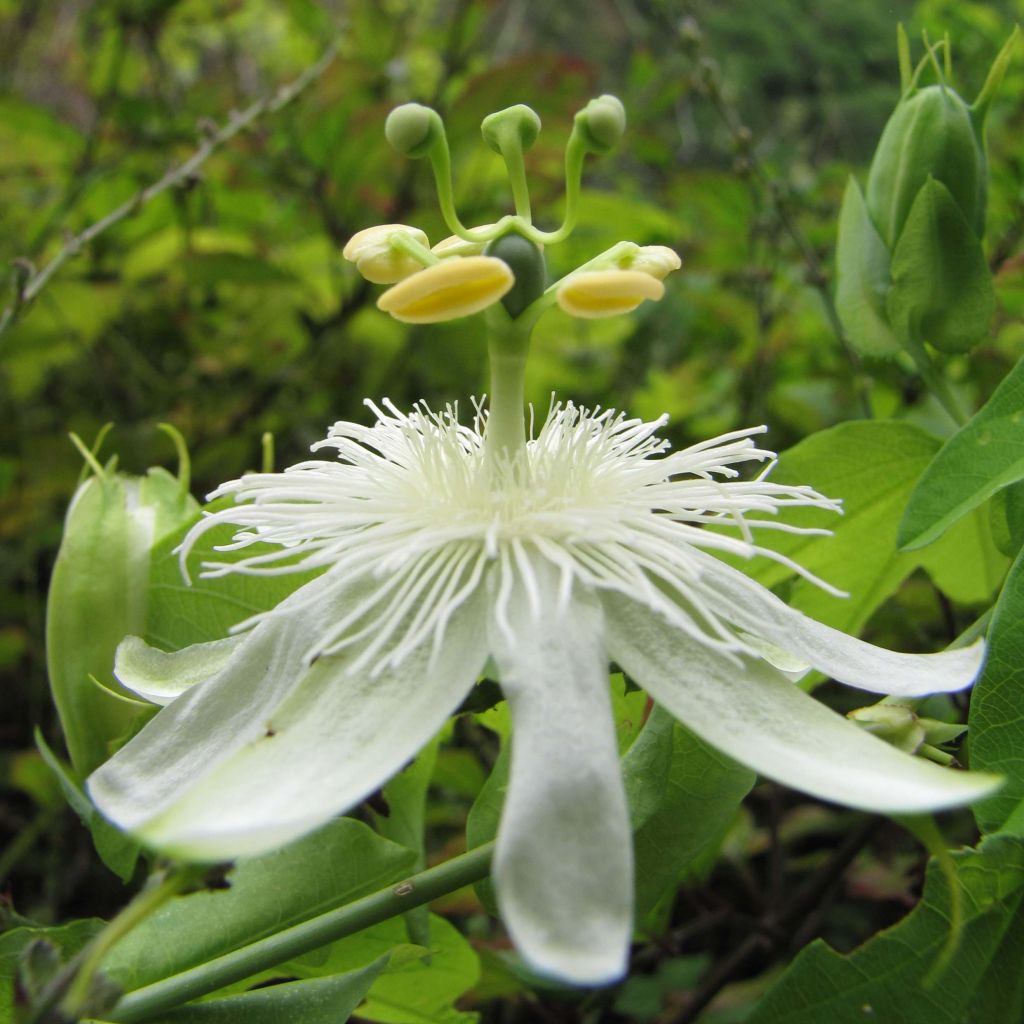

Passiflora subpeltata - Fleur de la Passion Blanche
Passiflora subpeltata
Passiflora subpeltata
Passionflower, Passion fruit, Grenadilla
Special offer!
Receive a €20 voucher for any order over €90 (excluding delivery costs, credit notes, and plastic-free options)!
1- Add your favorite plants to your cart.
2- Once you have reached €90, confirm your order (you can even choose the delivery date!).
3- As soon as your order is shipped, you will receive an email containing your voucher code, valid for 3 months (90 days).
Your voucher is unique and can only be used once, for any order with a minimum value of €20, excluding delivery costs.
Can be combined with other current offers, non-divisible and non-refundable.
Home or relay delivery (depending on size and destination)
Schedule delivery date,
and select date in basket
This plant carries a 6 months recovery warranty
More information
We guarantee the quality of our plants for a full growing cycle, and will replace at our expense any plant that fails to recover under normal climatic and planting conditions.
Would this plant suit my garden?
Set up your Plantfit profile →
Description
The Passiflora subpeltata is a botanical variety endemic to the tropical forests of Brazil. This beautiful vigorous climber offers from spring to autumn numerous flowers with delicate rounded and elegant white petals, topped with a collar of pure white filaments and small tender yellow to purple stamens. This species forms a 4 to 6 m (13 to 20ft) tall plant on average, cultivated in a large terrace pot or a veranda and brought indoors when temperatures drop below a maximum of -2°C (28.4°F).
Mostly originating from tropical areas of South America, passionflowers belong to the large family of Passifloraceae, which includes 400 species and numerous spontaneous or horticultural hybrids.
The Passiflora subpeltata is a species native to the tropical forests of Brazil but can be found naturalised in many places around the world, including Australia, where it is considered invasive. This voluble plant clings to its support with tendrils, reaching an average height of 4 to 6 m (13 to 20ft). Its long stems are adorned with glabrous trilobed leaves, more or less evergreen, with a medium green colour on the upper side and slightly bluish on the underside. Its flowering extends from July to early autumn in the form of medium-sized flowers that constantly repeat on the plant. Its lightly scented flowers are formed by white sepals and petals. These are delicately topped with a crown of pure white filaments and yellow to purple stamens.
This Passion Flower is not a capricious and difficult plant to cultivate like some orchids. It grows easily in any well-drained, light, deep soil that is not too dry in summer and blooms generously in the sun in a sheltered location. At the end of flowering, pruning consists of reducing the branches to maintain a beautiful habit. With its compact habit, the Passiflora subpeltata will be greatly appreciated in verandas or greenhouses where it will withstand cold winters without damage.
Report an error about the product description
Passiflora subpeltata in pictures


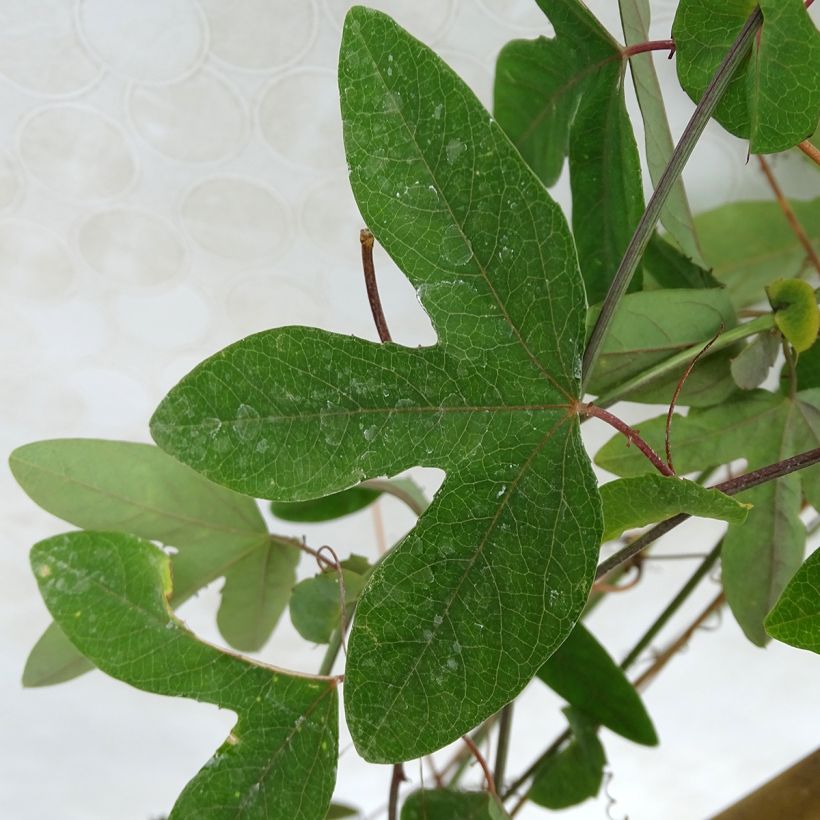

Plant habit
Flowering
Foliage
Botanical data
Passiflora
subpeltata
Passifloraceae
Passionflower, Passion fruit, Grenadilla
South America
Other Passionflowers
View all →Planting and care
Passionflower is a plant that thrives in sunlight and warmth, and should be placed in a sheltered area away from cold, drying winds. Plant it in a regular, deep, well-worked and well-drained soil, preferably moist in summer and not too wet in winter. It is quite sensitive to cold, so it is necessary to plant it in a protected location and provide good winter mulching. Place it on a support to support the weight of the vegetation. Guide its branches well onto the support as the growth is exuberant. Pruning before winter is recommended to maintain a reasonable size. Don't hesitate to trim the main branches to facilitate growth. In early spring, remove dead branches near the stump. Watch out for scale insects and whiteflies, as well as the cucumber mosaic virus. Treat preventively.
Planting period
Intended location
Care
This item has not been reviewed yet - be the first to leave a review about it.
Similar products
Haven't found what you were looking for?
Hardiness is the lowest winter temperature a plant can endure without suffering serious damage or even dying. However, hardiness is affected by location (a sheltered area, such as a patio), protection (winter cover) and soil type (hardiness is improved by well-drained soil).

Photo Sharing Terms & Conditions
In order to encourage gardeners to interact and share their experiences, Promesse de fleurs offers various media enabling content to be uploaded onto its Site - in particular via the ‘Photo sharing’ module.
The User agrees to refrain from:
- Posting any content that is illegal, prejudicial, insulting, racist, inciteful to hatred, revisionist, contrary to public decency, that infringes on privacy or on the privacy rights of third parties, in particular the publicity rights of persons and goods, intellectual property rights, or the right to privacy.
- Submitting content on behalf of a third party;
- Impersonate the identity of a third party and/or publish any personal information about a third party;
In general, the User undertakes to refrain from any unethical behaviour.
All Content (in particular text, comments, files, images, photos, videos, creative works, etc.), which may be subject to property or intellectual property rights, image or other private rights, shall remain the property of the User, subject to the limited rights granted by the terms of the licence granted by Promesse de fleurs as stated below. Users are at liberty to publish or not to publish such Content on the Site, notably via the ‘Photo Sharing’ facility, and accept that this Content shall be made public and freely accessible, notably on the Internet.
Users further acknowledge, undertake to have ,and guarantee that they hold all necessary rights and permissions to publish such material on the Site, in particular with regard to the legislation in force pertaining to any privacy, property, intellectual property, image, or contractual rights, or rights of any other nature. By publishing such Content on the Site, Users acknowledge accepting full liability as publishers of the Content within the meaning of the law, and grant Promesse de fleurs, free of charge, an inclusive, worldwide licence for the said Content for the entire duration of its publication, including all reproduction, representation, up/downloading, displaying, performing, transmission, and storage rights.
Users also grant permission for their name to be linked to the Content and accept that this link may not always be made available.
By engaging in posting material, Users consent to their Content becoming automatically accessible on the Internet, in particular on other sites and/or blogs and/or web pages of the Promesse de fleurs site, including in particular social pages and the Promesse de fleurs catalogue.
Users may secure the removal of entrusted content free of charge by issuing a simple request via our contact form.
The flowering period indicated on our website applies to countries and regions located in USDA zone 8 (France, the United Kingdom, Ireland, the Netherlands, etc.)
It will vary according to where you live:
- In zones 9 to 10 (Italy, Spain, Greece, etc.), flowering will occur about 2 to 4 weeks earlier.
- In zones 6 to 7 (Germany, Poland, Slovenia, and lower mountainous regions), flowering will be delayed by 2 to 3 weeks.
- In zone 5 (Central Europe, Scandinavia), blooming will be delayed by 3 to 5 weeks.
In temperate climates, pruning of spring-flowering shrubs (forsythia, spireas, etc.) should be done just after flowering.
Pruning of summer-flowering shrubs (Indian Lilac, Perovskia, etc.) can be done in winter or spring.
In cold regions as well as with frost-sensitive plants, avoid pruning too early when severe frosts may still occur.
The planting period indicated on our website applies to countries and regions located in USDA zone 8 (France, United Kingdom, Ireland, Netherlands).
It will vary according to where you live:
- In Mediterranean zones (Marseille, Madrid, Milan, etc.), autumn and winter are the best planting periods.
- In continental zones (Strasbourg, Munich, Vienna, etc.), delay planting by 2 to 3 weeks in spring and bring it forward by 2 to 4 weeks in autumn.
- In mountainous regions (the Alps, Pyrenees, Carpathians, etc.), it is best to plant in late spring (May-June) or late summer (August-September).
The harvesting period indicated on our website applies to countries and regions in USDA zone 8 (France, England, Ireland, the Netherlands).
In colder areas (Scandinavia, Poland, Austria...) fruit and vegetable harvests are likely to be delayed by 3-4 weeks.
In warmer areas (Italy, Spain, Greece, etc.), harvesting will probably take place earlier, depending on weather conditions.
The sowing periods indicated on our website apply to countries and regions within USDA Zone 8 (France, UK, Ireland, Netherlands).
In colder areas (Scandinavia, Poland, Austria...), delay any outdoor sowing by 3-4 weeks, or sow under glass.
In warmer climes (Italy, Spain, Greece, etc.), bring outdoor sowing forward by a few weeks.






























